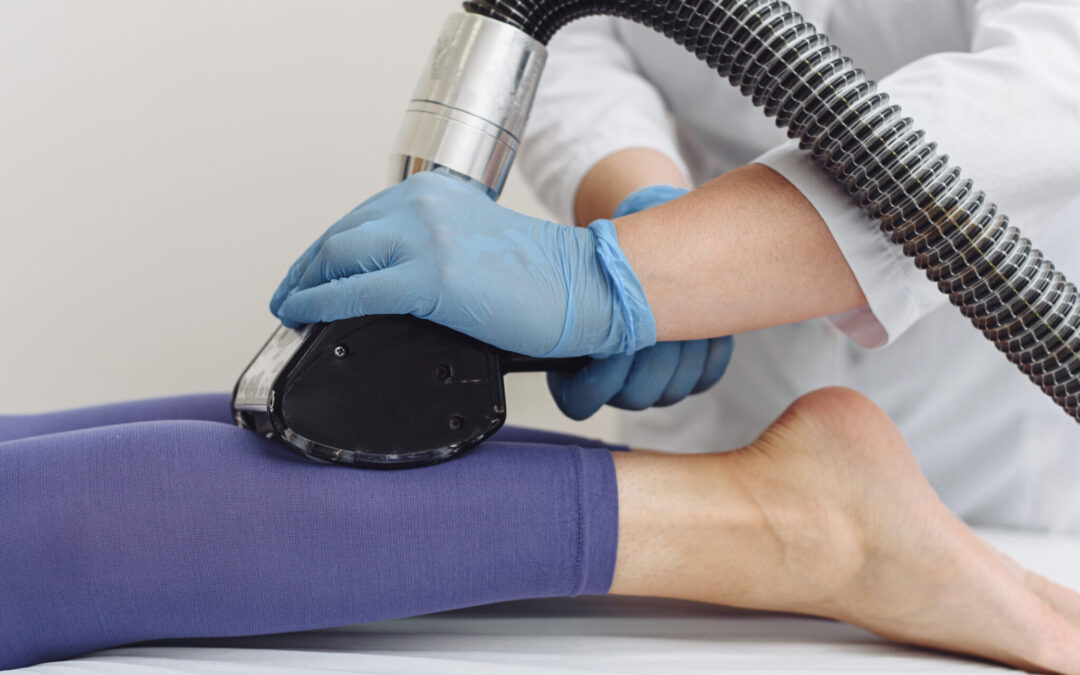Lymphedema and chronic vein insufficiency are two distinct medical conditions that can affect the vascular system, causing discomfort and impairing the quality of life for individuals experiencing them. While both conditions involve swelling and fluid retention, it’s important to recognize the differences between lymphedema and chronic vein insufficiency to ensure proper diagnosis, treatment, and management.
This article will explore the characteristics, causes, symptoms, and available treatment options for each condition, shedding light on their unique aspects.
Lymphedema: Understanding the Swelling of the Lymphatic System
Lymphedema is a chronic condition characterized by swelling in specific parts of the body due to impaired lymphatic drainage. The lymphatic system plays a crucial role in maintaining fluid balance and fighting infections. When the lymph vessels or lymph nodes are damaged, disrupted, or absent, the lymphatic fluid fails to circulate properly, resulting in fluid accumulation and subsequent swelling. Lymphedema commonly affects the limbs but can also impact the face, neck, and abdomen.
Causes and Symptoms of Lymphedema
Primary lymphedema is typically caused by genetic abnormalities that affect the development of the lymphatic system. In contrast, secondary lymphedema can arise from surgical procedures, radiation therapy, infections, or trauma that damages the lymphatic system. Common symptoms of lymphedema include persistent swelling, a feeling of heaviness or tightness in the affected area, decreased flexibility, recurrent infections, and thickening of the skin.
Treatment Options for Lymphedema
Although there is no cure for lymphedema, various treatment approaches aim to manage symptoms and reduce swelling. These include manual lymphatic drainage, a specialized massage technique, compression therapy using compression garments or bandaging, exercise programs, skincare measures to prevent infections, and lifestyle modification. In severe cases, surgical interventions may be considered to improve lymphatic drainage.
Chronic Vein Insufficiency: Understanding Venous Disorders
Chronic vein insufficiency, also known as chronic venous insufficiency (CVI), is a condition that occurs when the veins in the legs are unable to effectively return blood to the heart. This can lead to blood pooling, swelling, and other symptoms. CVI is commonly caused by weakened or damaged vein valves, which can result in factors such as obesity, pregnancy, prolonged standing or sitting, and deep vein thrombosis (DVT).
Causes and Symptoms of Chronic Vein Insufficiency
CVI often manifests as leg swelling, pain, aching, heaviness, and cramping. Other signs include varicose veins, skin discoloration or ulcers, and a sensation of warmth in the affected leg. Risk factors for CVI include a family history of vein disorders, age, gender (women are more prone), obesity, and a sedentary lifestyle.
Treatment Options for Chronic Vein Insufficiency
Treatment for CVI aims to alleviate symptoms, improve blood circulation, and prevent complications. Lifestyle modifications such as regular exercise, weight management, and avoiding prolonged periods of standing or sitting are often recommended. Compression therapy through the use of compression stockings or bandages helps improve blood flow. In some cases, minimally invasive procedures such as endovenous laser treatment (EVLT), sclerotherapy, or vein stripping surgery may be necessary to address underlying vein abnormalities.
Compression Care
While both lymphedema and chronic vein insufficiency involve swelling and fluid retention, they stem from distinct causes and affect different parts of the vascular system. Lymphedema is related to impaired lymphatic drainage, whereas chronic vein insufficiency results from compromised venous blood flow. Understanding the differences between these conditions is crucial for accurate diagnosis and effective treatment.
If you or a loved one is in need of medical grade compression garments, talk to your doctor and reach out to Compression Care to help get you fitted.

